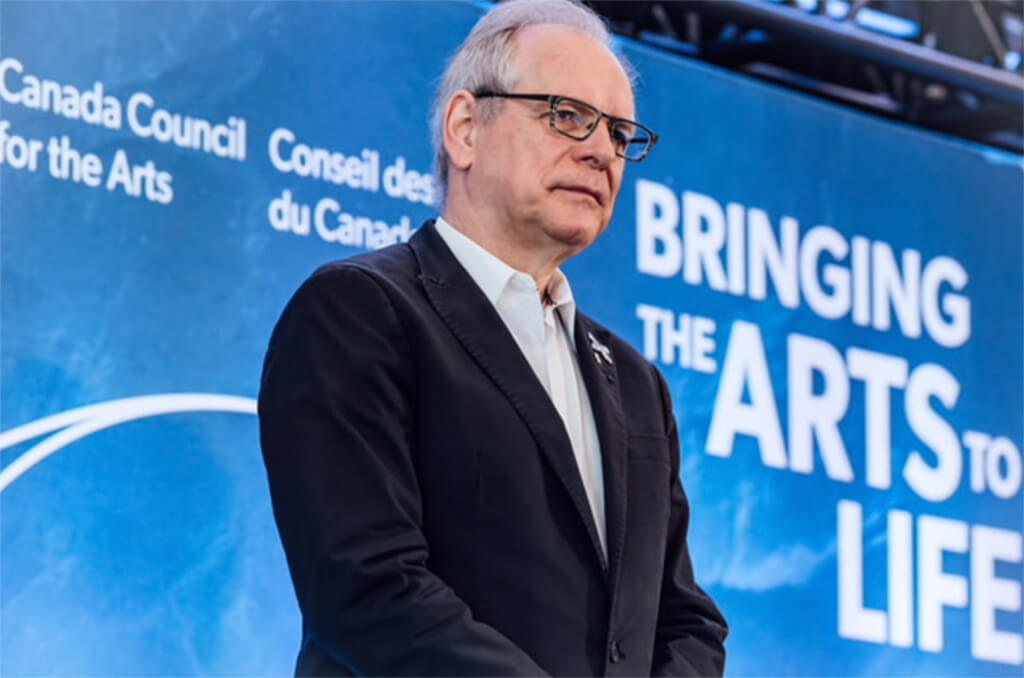
On April 19, the Cultural Human Resources Council (CHRC) released a report outlining changes to the not-for-profit arts sector in Canada. The study asserted that from 2008 to 2017, real wages had decreased for those working in the field. This proved to be erroneous, and with some independent calculations of our own, we discovered a significant error in the calculations’ methodology.
After reaching out to the CHRC to inquire about the consulting firm (Mercer Canada)’s methodology, they responded with a revised version of the 2017 National Compensation Study. Changes centre around the updated 6.7 percent increase in real wages — reversing the previously-reported decrease of 0.1 percent within not-for-profit arts organizations.
“The consultants, Mercer Canada, provided a revision to the report (particularly in Section 4.5) that relates to methodology,” reads the statement accompanying the updated version. “This led to a change in the average yearly real wage increase (originally calculated at minus 0.1) which was re-calculated at 6.7% since 2008.”
With inflation set at 14.5 percent between 2008 and 2017 according to the Bank of Canada, this means net wages for not-for-profit arts workers increased by 21.2 percent when cost-of-living is not factored in.
The study, contracted by the CHRC and prepared by consulting firm Mercer (Canada) Ltd., was funded by the Canada Council for the Arts and the Department of Canadian Heritage. These federal agencies contributed $37,900 and $35,000, respectively, at a total cost of $72,900.
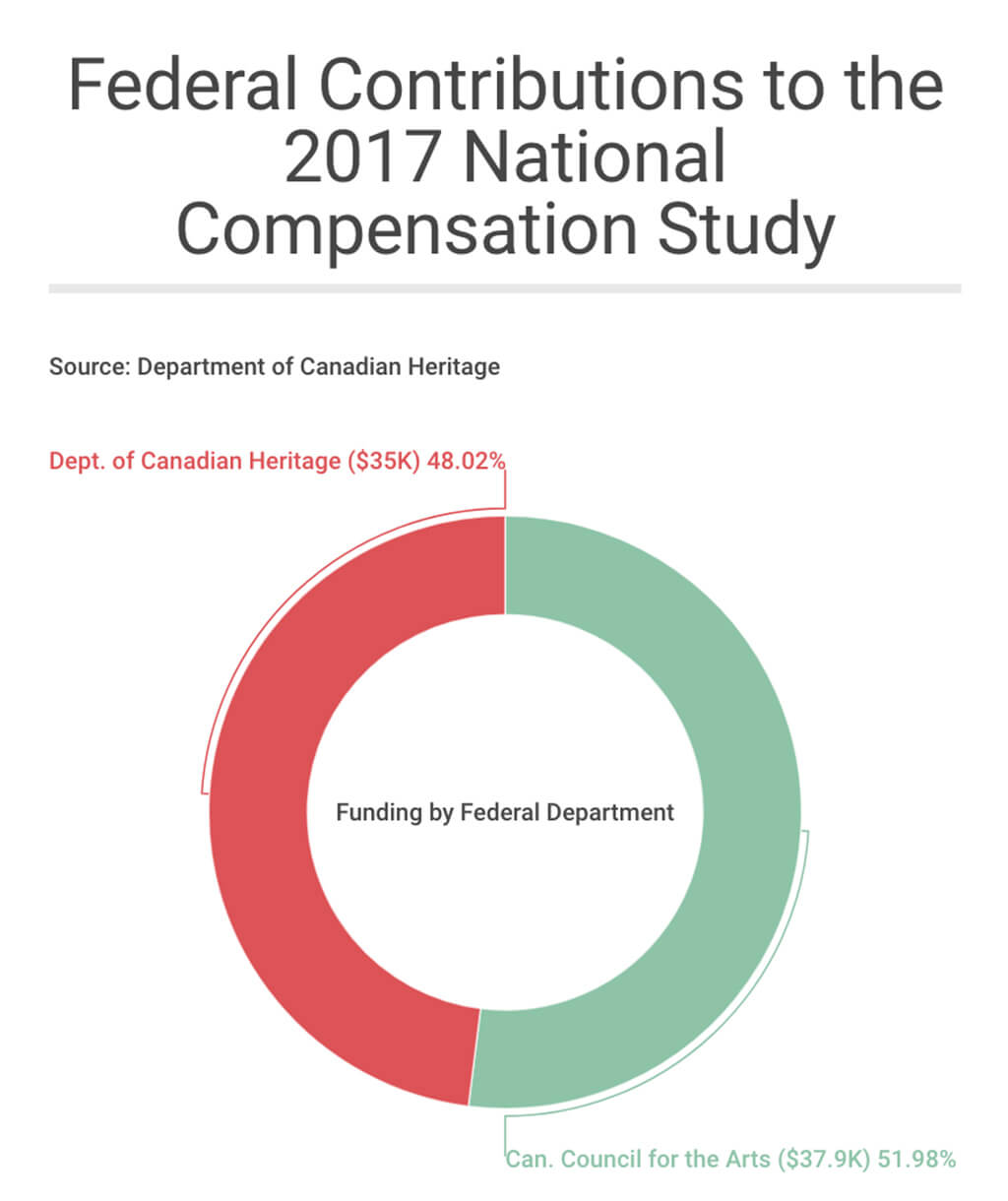
No value-added comment on the data corrections process by Mercer Canada
In our follow-up conversation with the same contact at Mercer Canada from our previous report, they refused to comment publicly on the study’s evolution despite their inside understanding of the data.
When asked about the reason to continue excluding four (1, 2, 3, 4) figures in the 2008 report from rate-of-change calculations in the 2017 report, the representative indicated that omitting selected statistics, or “data cleansing,” is standard practice among data analysis firms. They directed further questions to an explanatory note in the report which explains the process acts “to identify erroneous data and outliers before the data analysis stage. This process is required, as it ensures that the data are of the highest quality, fully defensible and relevant.”
Accountability representative still at-large
Ludwig Van pressed other steering committee members for answers to the original report’s error in methodology; specifically, how the miscalculation could have been avoided and whether the protocol for issuing federal funding will be revisited.
Direct answers were difficult to obtain.
Susan Annis, executive director of the CHRC, reinforced that 6.7 percent is a fair representation of the state of the not-for-profit arts sector. Asked whether the responsibility to accuracy falls on the collective steering committee or solely the consulting firm prior to publication, Annis responded: “The Steering Committee exercised due diligence in its overview of the study.”

The Department of Canadian Heritage supplied data on the report’s funding sources upon request, but declined to comment on the revised methodology. A media relations spokesperson deferred accountability questions to the “contracted consultants,” and the rest of their emailed statement to Ludwig Van reads: “When the calculation error was identified, steps were taken immediately with CHRC and Mercer to ensure that the error was corrected and the report amended accordingly.”
Alexis Andrew, director of Research, Evaluation and Performance Measurement at the Canada Council for the Arts, acknowledged the calculation error and cited her department’s policy: “Should an error be found in any of the Canada Council’s publicly released data, the Research, Evaluation and Performance Measurement Section will review the error and, depending on the publication type, either issue a correction or a restatement.” Responding to how this error may affect the Council’s future funding protocols, Andrew wrote: “The findings from the research report have no relation to our funding processes and how the Council’s funding decisions are made.”
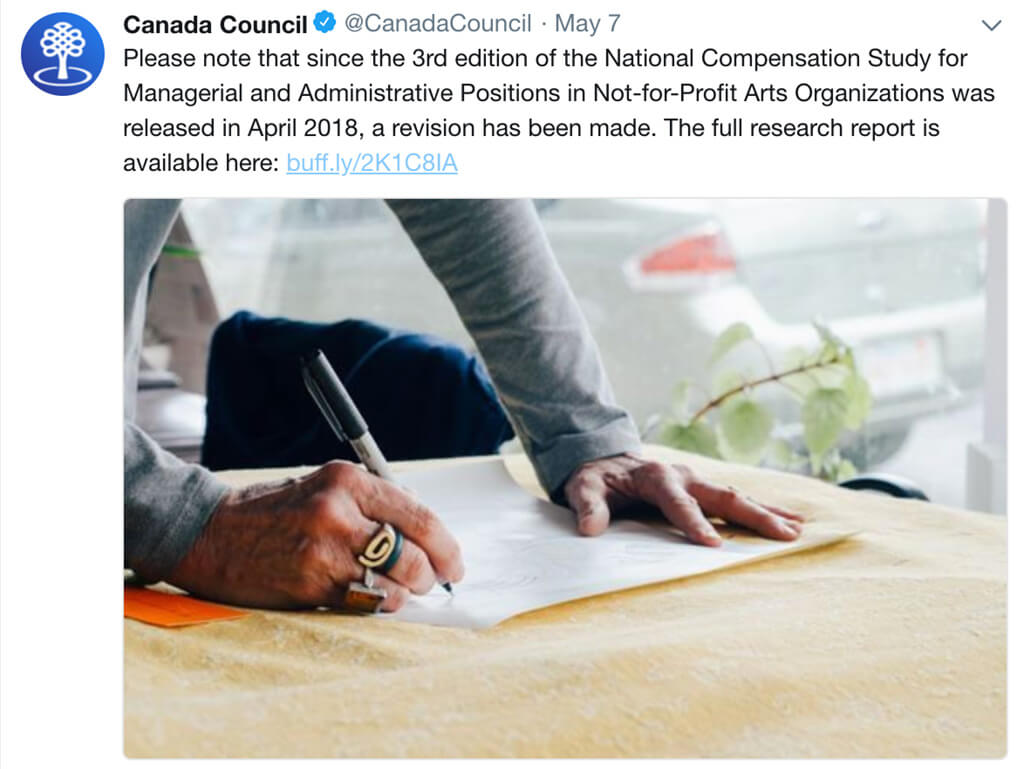
Initial report “raised some yellow flags” in the sector
Michael Mori, artistic director of Tapestry Opera, recalled reading about the real wage decline in the initial report. It “raised some yellow flags” in his mind, seemingly running counter to his understanding of the sector’s health in his work across Canada.
“Honestly I was surprised when I heard it was a loss of 0.1 percent, because it sounded like a significant decrease over that amount of time,” Mori told Ludwig Van by phone. “It would have – in my mind – represented a shift to having more low-level workers or positions, which is a little bit inconsistent with my familiarity with large [not-for-profit arts] organizations.”
Opera production and directing have taken Mori from Vancouver to St. John’s and to the United States and Europe – most recently the Scottish Opera, Fresno, Columbus and Dallas. During his travels, Mori saw first-hand the variation in funding models: American opera is largely financed by private donors, while Europeans enjoy the support of government backers.
In Canada, not-for-profit arts organizations receive financial support at both governmental and private levels. “We are in a much better place than the U.S. because the government funding gives a measure of stability to organizations to weather the ups and downs of the economy,” Mori affirmed.
To him, the only explanation for declining real wages would have been heavy representation from the independent arts scene, where employees may be at the onset of their careers and are being compensated very little.
“If it were a one-person shop or a two-person shop, I think that would have pulled the average down… but I noticed the bulk of these numbers are coming from the larger, easier-to-measure organizations,” Mori referred to institutions on par with the Canadian Opera Company, Toronto Symphony Orchestra and the Art Gallery of Ontario.
Taking the temperature of Canada’s arts communities: more reflection by arts workers on the report’s conclusions
Looking at the overall findings in the CHRC report, the cautionary message is that if base salaries and overall compensation packages cannot keep pace with those of more well-remunerated sectors, not-for-profit arts organizations risk workload “burnout” and increased staff turnover.
Natasha Bood, executive director of Toronto Summer Music, echoed many of the report’s findings and calls to action for the sustained health of the not-for-profit arts sector.
In her view, arts managers “absolutely” rely on the CHRC report in their arts advocacy work.
“The stats are also very important in order for arts managers to advocate for themselves when negotiating their salaries as wage levels can vary widely,” Bood said in a written statement to Ludwig Van. “[Wage] increases are essential in order to keep good people in the arts when other (even not-for-profit) sectors pay more (to their employees).”
But at Tapestry Opera, Michael Mori said that his team has long been making their artistic decisions independent of the study. “The report reflects the nature of what we all know about the industry, mostly. It won’t necessarily change our day-to-day.”
Mori routinely sees the report’s conclusions in action. “Often very talented people come through arts organizations, and a majority of them end up leaving the sector because for the level at which they’re working, they’re not able to be adequately paid.”
He notes this is especially true where cost-of-living is high, such as in Toronto, but that arts workers persist out of dedication to the craft. “A lot of [arts sector employees] are insufficiently paid for their talent and we all say ‘Oh that’s terrible’ – sometimes a lifetime of experience and their wages may have gone up only four or five times in thirty years – but because they love it they stay in the sector…at this point in time, it’s just a fact of life.”
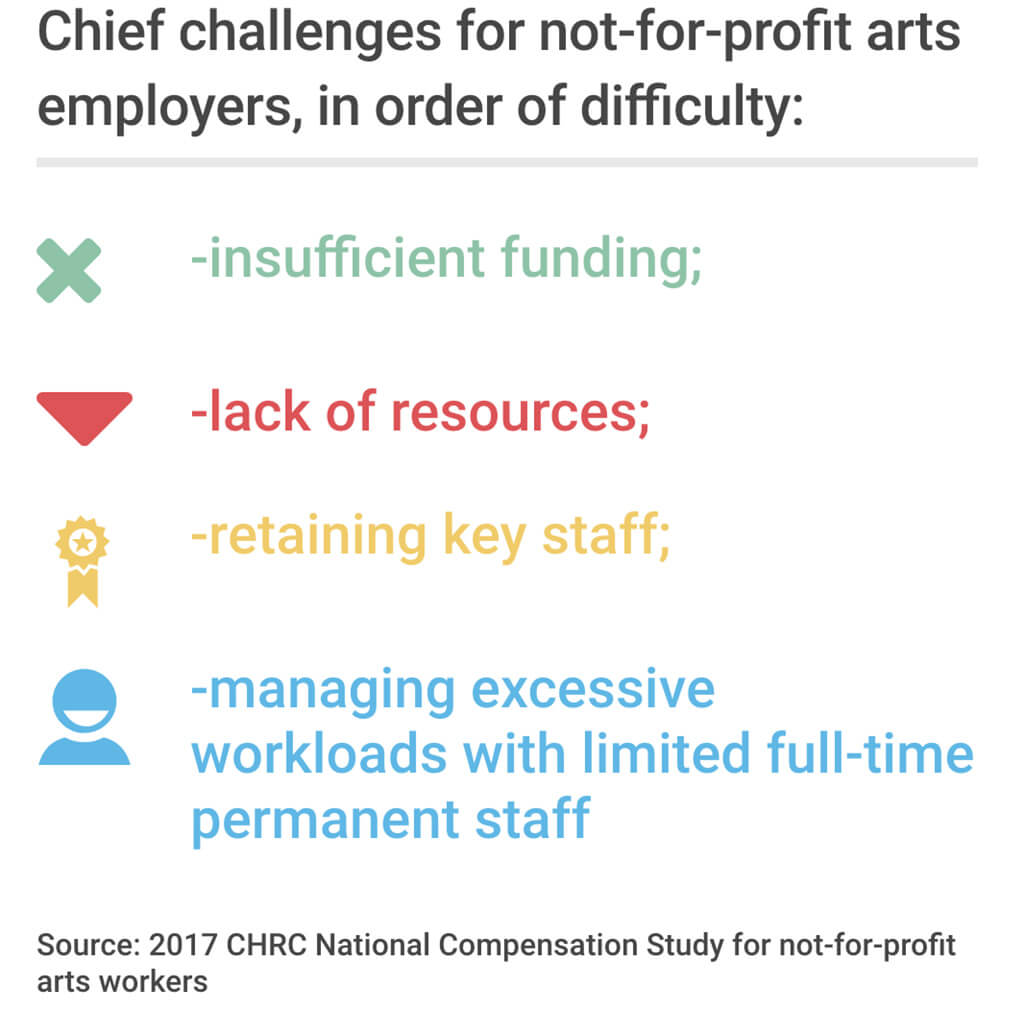
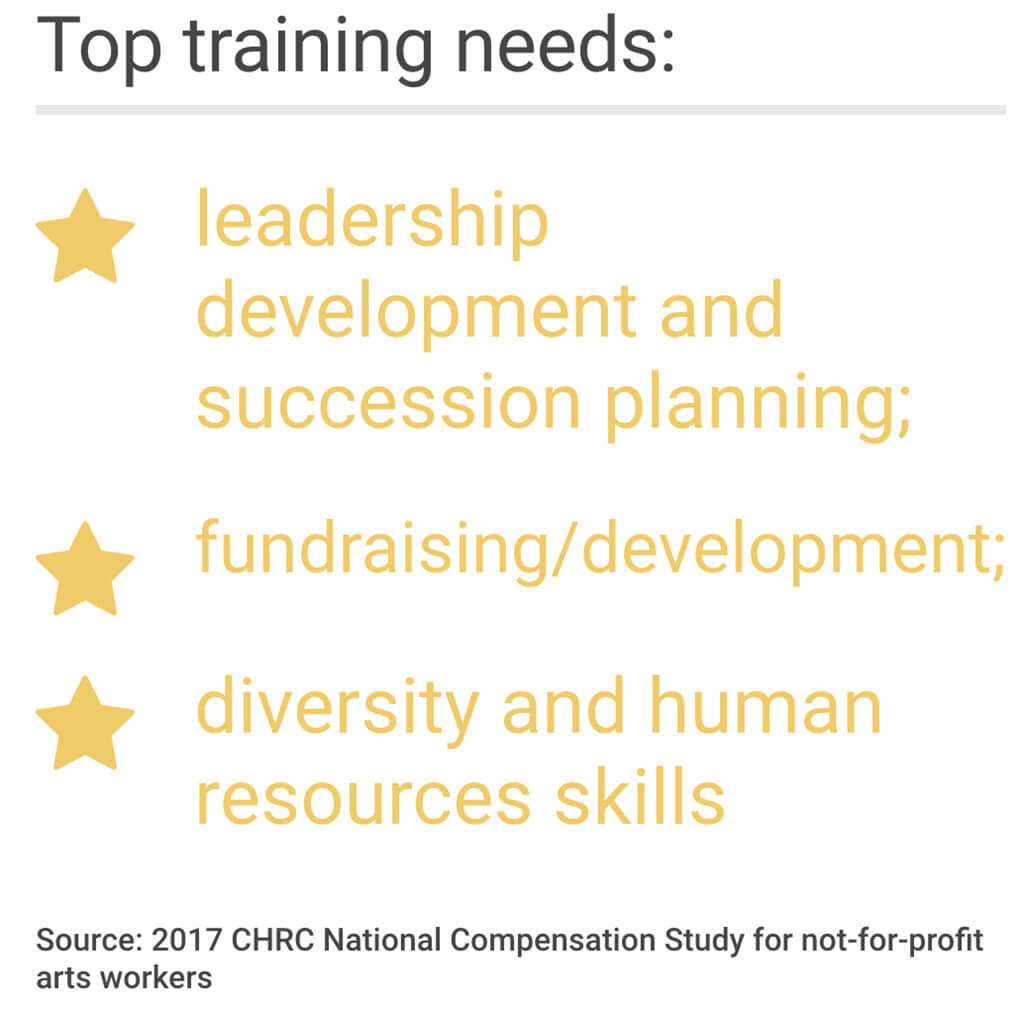
Mori believes arts organizations should prioritize retaining the right individuals to work in the arts, while the government policymakers can support their efforts by applying study results to determine funding amounts. Therein lies the ongoing struggle to retain talented arts workers: compensating existing staff for their work, while having enough funds to attract fresh talent.
“We have no choice *laughs* it’s our job to make the arts viable,” Mori reflected. “That’s one of the beautiful things about the sector — there’s a lot of passionate people who are willing to take less than what they’d be paid elsewhere, because we love our work and we’re able to do things that we can’t do elsewhere,” he spoke to the reported 85 percent overall job satisfaction rate among the survey’s 436 respondent organizations. “I’m not going to complain about the support from the government, because I know so many colleagues in the U.S. have almost zero support from the government, or in the single digits.”
Ultimately, Mori is hopeful that such studies will allow arts creators and their funders to come together and make knowledge-based improvements to arts policy.
“I’m really happy that Canada Council decided to do this survey and that they found their error and corrected it, because it sounds like it’s the kind of thing that will really affect their policy and how they work with the different not-for-profit arts companies.”
The 2017 National Compensation Study For Managerial and Administrative Positions in Not-for-Profit Arts Organizations focused on 21 benchmark management and administrative positions. Data were gathered on markers like base salary, short-term incentive pay, employee benefits and human resources challenges, from which current patterns and conclusions were drawn.
The study compiles 436 responses by not-for-profit organizations with operating budgets ranging from under $100,000 to over $5-million annually. About 4,000 organizations across Canada were invited to submit information on their organization’s financial position and compensation policies for the anonymous survey.
[This article has been updated on May 25, 2018, to provide more clarity.]
- LISZTS | 10 Reasons To Miss A Performance - April 24, 2019
- INTERVIEW | Nico Muhly: Opera’s Renaissance Man - November 8, 2018
- INTERVIEW | How An Iranian Musician Has Created A Revolution In Persian Classical Music - October 7, 2018



